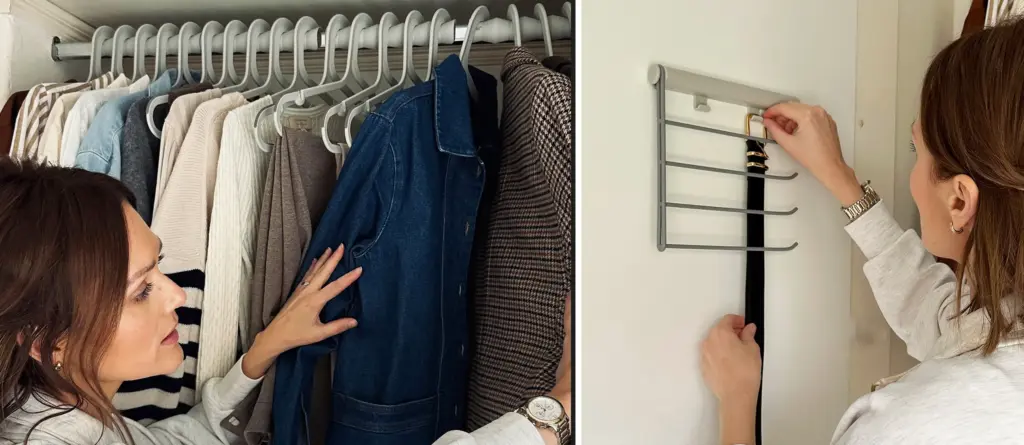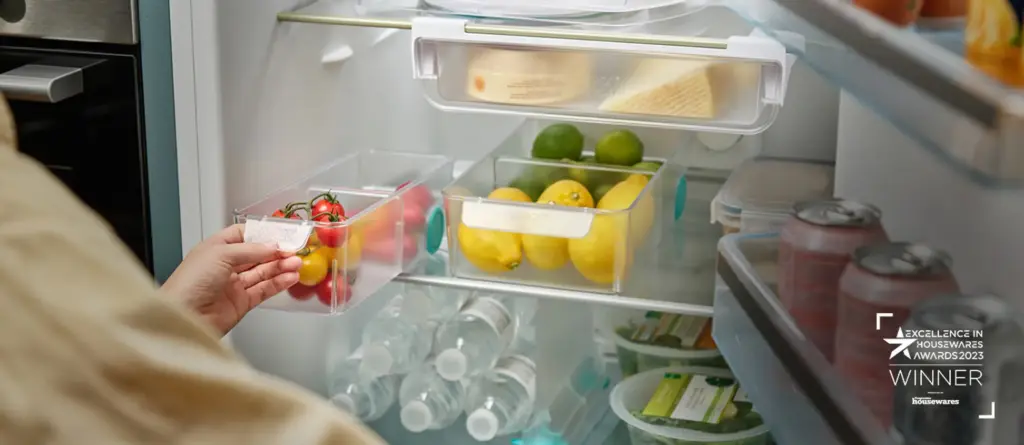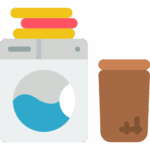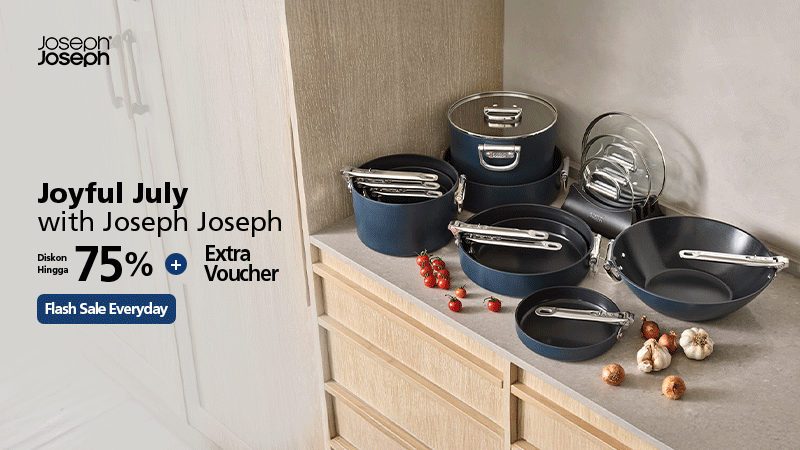How to clean a wooden chopping board properly is essential knowledge for any home cook. Wooden boards are timeless kitchen staples that, with the right care, can last for decades. From dicing vegetables to prepping raw meats, these boards take a daily beating. That’s why cleaning them correctly—without causing damage—is key to keeping your food prep both hygienic and safe.
1. What NOT to Do
Avoid common mistakes:
- Never soak your board in hot, soapy water—it causes cracks and warping that trap bacteria.
- Avoid using harsh detergents or scrubbing pads that can roughen the surface.
These errors lead to damaged boards that are hard to restore.
2. How To Clean a Wooden Chopping Board
Step-by-step:
- Remove excess food debris using a bench scraper or clean cloth.
- Wash by hand with mild dish soap and warm (not hot) water.
- Be sure to clean all surfaces: front, back, and especially the edges.
- Rinse well, then towel dry immediately to remove surface moisture.
- Stand upright to air dry completely before storing.
- When learning how to clean a wooden chopping board, consistency matters more than fancy tools.
Doing this after each use will keep your board clean, dry, and free from lingering odors.
3. Refresh with Lemon & Salt
- Sprinkle coarse salt over the board’s surface.
- Use the squeezed half of a lemon to scrub the surface—rubbing in circular motions.
- Let it sit for a few minutes, rinse, and dry completely.
- If you’ve been wondering how to clean a wooden chopping board after cutting garlic or onions, this natural method will do the trick.
This method lifts stains and neutralizes odors, leaving the board fresh and sanitized.
4. Let It Air-Dry Overnight – The Step You Should Never Skip
Once your board is clean and towel-dried, air-drying is the most critical step in the process of preserving its condition. It’s tempting to lay the board flat on a countertop or quickly return it to a cupboard—but doing so traps residual moisture and creates a perfect breeding ground for bacteria. One overlooked part of how to clean a wooden chopping board is proper air-drying.
Instead, stand the board upright in a well-ventilated area, such as near a window, over a dish rack, or on a drying mat. Avoid leaning it directly against a wall unless air can circulate around both sides. This positioning ensures even airflow across all surfaces—including the sides and edges, which are often neglected but just as prone to moisture retention.
Depending on humidity, material thickness, and temperature, drying can take several hours to overnight. It’s best to allow a full drying cycle before storing the board or applying any conditioning oil. Prematurely storing a damp board can cause musty smells, mold growth, or, worse, hidden warping over time.
Tip: If you live in a high-humidity area, consider adding a small fan to circulate air near your drying area or place a towel beneath the board to wick away any condensation. This small adjustment can make a significant difference in maintaining your board’s structure.
5. How to Deep Clean Your Wooden Chopping Board
Sometimes, soap and water aren’t enough—especially after prepping garlic, onions, or raw meat. Here’s a natural method to eliminate odors and stains:
- Sprinkle coarse salt across the board’s surface.
- Slice a lemon in half and use the cut side to scrub the salt into the board.
- Work the mixture in circular motions for a few minutes.
- Let sit for 5–10 minutes to lift stains and absorb odors.
- Rinse with warm water, dry with a towel, then air dry standing up.
This method naturally sanitizes and refreshes your board without chemicals.
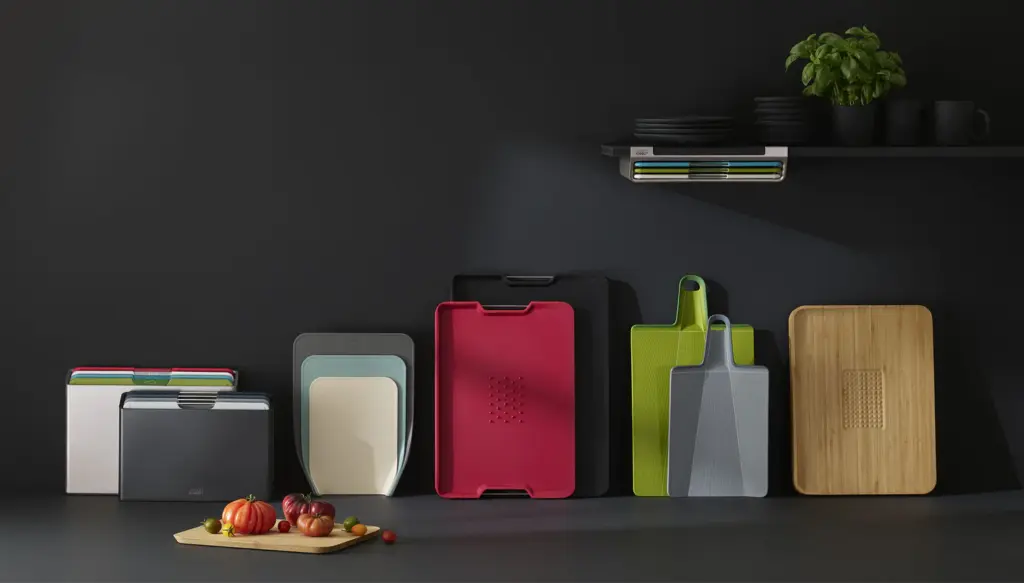
6. Rehydrate with Food-Safe Oil or Wax
Over time, wood can dry out and lose its protective barrier. To keep it healthy:
- Once the board is completely dry, apply food-grade mineral oil or beeswax conditioner.
- Rub the oil in with a soft cloth or paper towel in the direction of the grain.
- Let it soak in for several hours or overnight.
- Wipe off any excess before use.
- Another key step in how to clean a wooden chopping board for long-term use is conditioning it monthly.
This conditioning process prevents drying, cracking, and warping—and keeps your board looking beautiful.
Find the perfect wooden board for your kitchen in our Chopping Board Buying Guide
Learn why wooden boards aren’t dishwasher-safe from Woodworking for Beginners





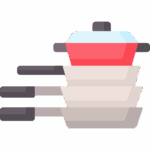 Cookware
Cookware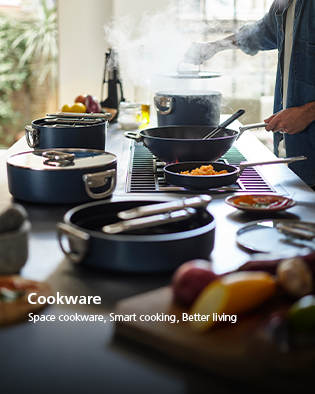
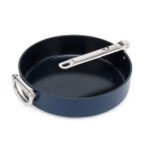

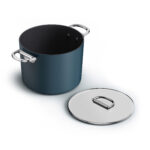
 Kitchenware
Kitchenware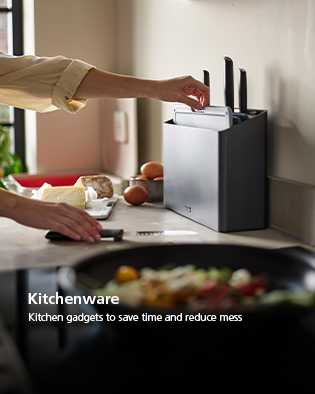



 Bins & Recycling
Bins & Recycling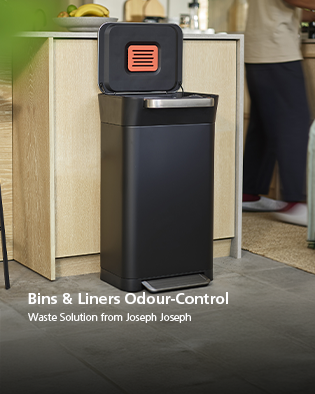



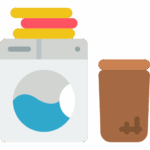 Laundry
Laundry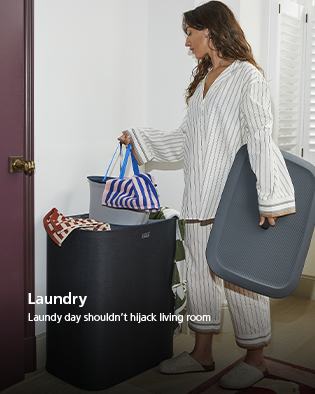



 Storage & Organisation
Storage & Organisation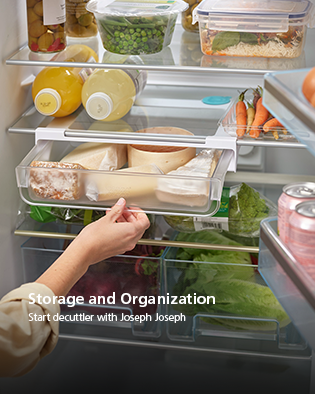



 Bathroom
Bathroom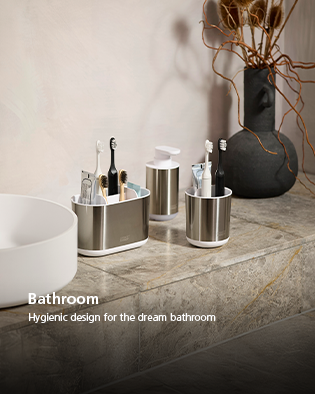



 Cleaning & Washing-Up
Cleaning & Washing-Up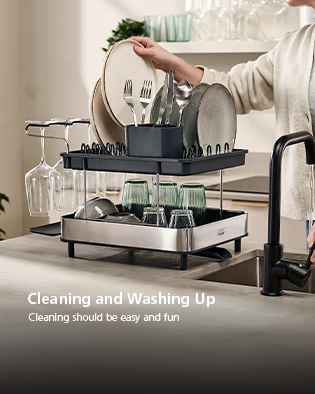

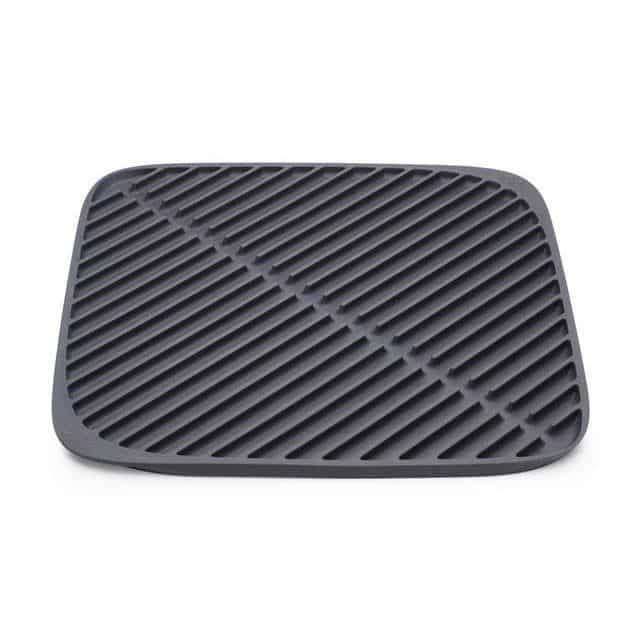

 All products
All products